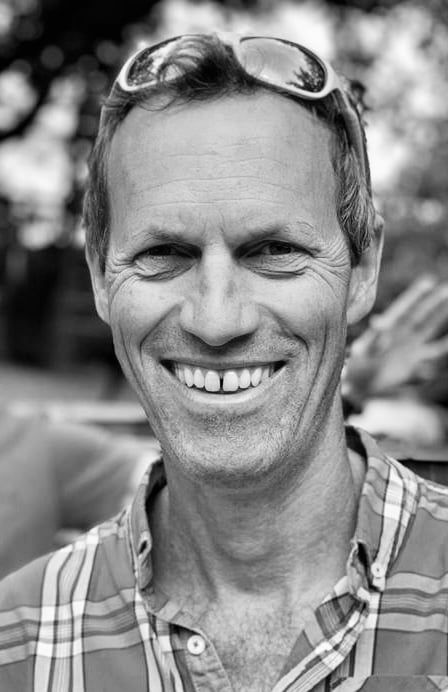Demographic Transition Model
The Demographic Transition Model
- The demographic transition model describes how, as countries develop, changes in birth and death rates subsequently affect population
- The original model was devised in 1929
- It showed how Western Europe and North America had gone through four stages of change since the start of the industrial revolution
- A fifth stage has been added to a more recent version of the model
- Strengths of the model include:
- It can be easily applied to different settings
- It can help demographers plan for predicted future changes
- Limitations of the model include:
- It fails to take into account migration, natural disasters, pandemics, wars and government policies that impact birth rates, e.g. China’s one-child policy
- It is based on countries in Western Europe that industrialised between 1800-1950
- So it is harder to apply to newly emerging economies today that are industrialising in shorter time-frames due to globalisation

The Demographic Transition Model and Explanations of Population Change
| Stage | 1 | 2 | 3 | 4 | 5 |
| Stage Name | High stationary | Early expanding | Late expanding | Low stationary | Decline |
| Population Change | Stable | Very fast natural increase | Increase slows | Very slow increase | Natural decrease |
| Birth Rate (BR) | High (~35/1000) | High (~35/1000) | Falls quickly (to ~15/1000) | Falls further and remains low (to ~10/1000) | Falls very low and below DR |
| Explanation of BR Change | Lack of birth control; poor education around family planning; lots of children born to replace those that die due to high infant mortality rates; children needed to help work on the land | Improvements in family planning, birth control and infant mortality rates | Further availability of contraception and career advancement for women so children turn from economic asset to burden | More elderly population so smaller proportion of women of reproductive age | |
| Death Rate (DR) | High (~35/1000) | Falls quickly (to ~15/1000) |
Still falling but slower (to ~10/1000) |
Low (~10/1000) |
Climbs slightly higher than BR |
| Explanation of DR Change | Poor medical care, lack of sanitation, poor diets and high rates of disease |
Improved sanitation, medical care and food and water supply |
Reliable food supply and healthcare established | The ageing population has a higher proportion of people reaching life expectancy | |
| Application of Model to Contrasting Contemporary Settings | Remote tribal groups in Amazon rainforest | Poorest LICs, such as Gambia, Mali, and Niger. E.g., in 2022, Niger’s BR was 44/1000 and its DR was 7.5/1000, suggesting it is at the end of stage 2 | Fast-industrialising countries such as India, Brazil, and Mexico. For example, in 2022, Mexico’s BR was 16/1000 and its DR was 9/1000, suggesting it is near the end of stage 3 |
HICs such as the UK, USA, and France. E.g., in 2022, France’s BR was 10.9/1000 and its DR was 9.5/1000, suggesting it is near the end of stage 4 |
Very highly developed countries, such as Japan. E.g., in 2022, Japan’s BR was 7/1000 and its DR was 12/1000, suggesting it is in stage 5 |
Exam Tip
There is lots to unpack with the demographic transition model, as it says so much about how population is affected by various factors. Be sure to have examples of how the model applies to different countries at different stages of development, to use in exam answers about population change over time and space. The reasons why population is changing in a stage 5 country, like Japan, will be very different from those in a stage 2 country, like Niger.



